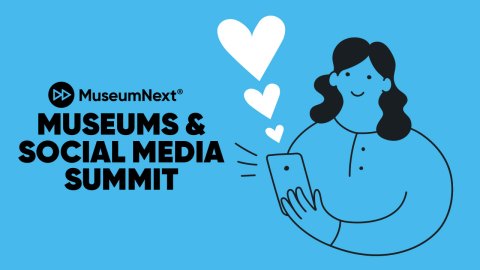In creating their scanning frameworks, many of the “test pilots” in the first flight of CFM’s Digital Badging Projects identified “wealth inequality,” “wealth gap” and other variations on these terms as being issues worth monitoring as they forecast the future of museums.
That being so, I found myself pointing many pilots to the video “Wealth Inequality in America” by the pseudonymous Politizane [6.24 minutes]:
The video has provoked push-back from people who argue it misrepresents the numbers (for example, not taking into account the assistance the government gives the poor in America), while others praise it as an example of an effective infographic presenting data from clearly identified sources. Overall, I think it does a good job in giving an overall feeling of scale of the wealth gap (not to mention shaking people up and provoking righteous indignation).
The purpose of scanning for change is to help us question our assumptions and imagine the future may be different from the present. So, righteous indignation aside, why put wealth inequality on our scanning radar? What does it portend for museums? This post is to encourage you to spend a bit of time thinking about that question.
Carle Kopecky, executive director of the Old Stone Fort Museum in Schoharie, NY, commenting on a recent post about fundraising on this blog, opined that “Instead of accepting the premise that society, through its government representatives and other institutions can no longer afford to subsidize essential aspects of our shared cultural heritage…we need to be making the case against the increasing income gap that concentrates the national wealth in the hands of a few elite – or worse, multinational corporations.” This approach might suggest that museums take a role in economic, social and political advocacy that changes the capitalist underpinnings of our nonprofit economy.
But assume for now that museums aren’t going to overturn the free market, or reverse the trend of decreasing government support anytime soon. How will the increasing inequality of wealth affect our audiences—the people who consume museum content and decide how and whether to support us?
Let’s imagine a future inhabited by three classes of cultural consumer in the US:
- The 1% of the population which controls over 50% of the net worth of the country
- An “underclass”—the vast majority—which as the lower strata of wealth compresses, is comprised not only of workers who labor at low-paid, service-economy jobs with little job security but also people occupying what used to be well-paid positions in sectors, such as law, that are being rapidly deconstructed by the global economy and advances in technology while still tethered to old systems of training and educational debt, and young people who put in long hours for low pay to try to carve out a career in a profession they love such as entertainment, or publishing.
- The creative class, who create a self-generated start-up culture of making and invention on the fringe.
These three classes may look to museums to fill different roles.
For the 1% museums can fill their traditional functions as places of quiet contemplation of art, history, science. They serve as authorities that document and validate the status quo, and reinforce the norms of their funders. In the New Gilded Era, the wealthy can underwrite the costs of operating a traditional museum, either through what they pay at the gate (if there are enough of them), or through their philanthropic support (if that is where they choose to direct their charitable giving).
The underclass may place the most value on museums that serve their personal, family and community needs, whether or not those services align directly with traditional museum functions. The community museum that does what needs to be done: offering ESL classes, job application training, pre-school education, health and wellness programs, safe and productive after-school spaces for teens, will be treasured as a valuable, and practical asset.
The creative class value museums that offer them resources to help their innovation: access to digital and physical assets, opportunities to collaborate, places to network with other creatives & opportunities to share their work.
Not to say these boundaries don’t blur—some from each of these three broad groups are sure to value museums for reasons more commonly ascribed to the others—but the main point is that in a country that is increasingly economically fragmented, so are the expectations we bring to bear on our cultural institutions and to the reasoning behind public support for their missions. So we find ourselves, like Carle, arguing for the intrinsic value of culture, while at the same time documenting the practical role we play in contributing to local economies, or addressing health issues. I find myself increasingly confused by these mixed messages—how can I effectively present them to the public?
Can we hedge our bets indefinitely, behaving in ways that appeal to both ends of an economic curve rapidly shifting to the right? It we can’t, and we have to choose, do we serve the interests of the 1%, and adjust our actions and our ethics accordingly, do we strive for relevance as social institutions deserving of public funding, or do we crowdfund our way to success through populist support? Spend some time thinking about this.








